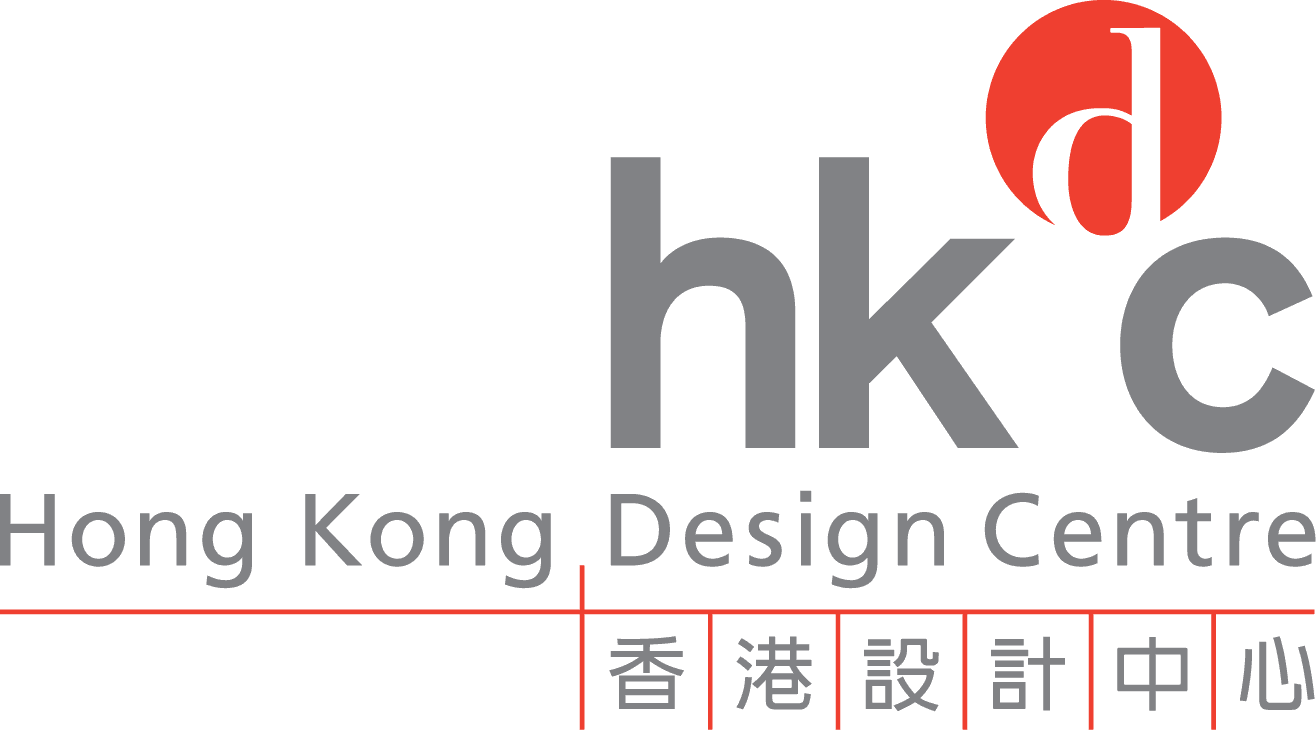









The Jahadam Project / South Korea
Further images
-
(View a larger image of thumbnail 1
)

-
(View a larger image of thumbnail 2
)
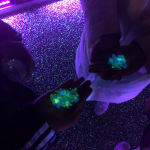
-
(View a larger image of thumbnail 3
)
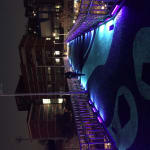
-
(View a larger image of thumbnail 4
)
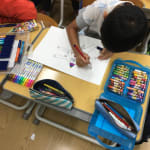
-
(View a larger image of thumbnail 5
)
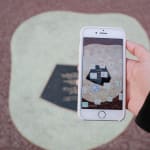
-
(View a larger image of thumbnail 6
)

-
(View a larger image of thumbnail 7
)
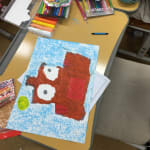
-
(View a larger image of thumbnail 8
)
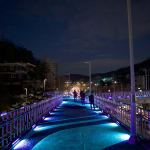
-
(View a larger image of thumbnail 9
)
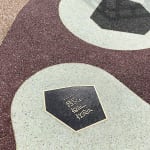
-
(View a larger image of thumbnail 10
)

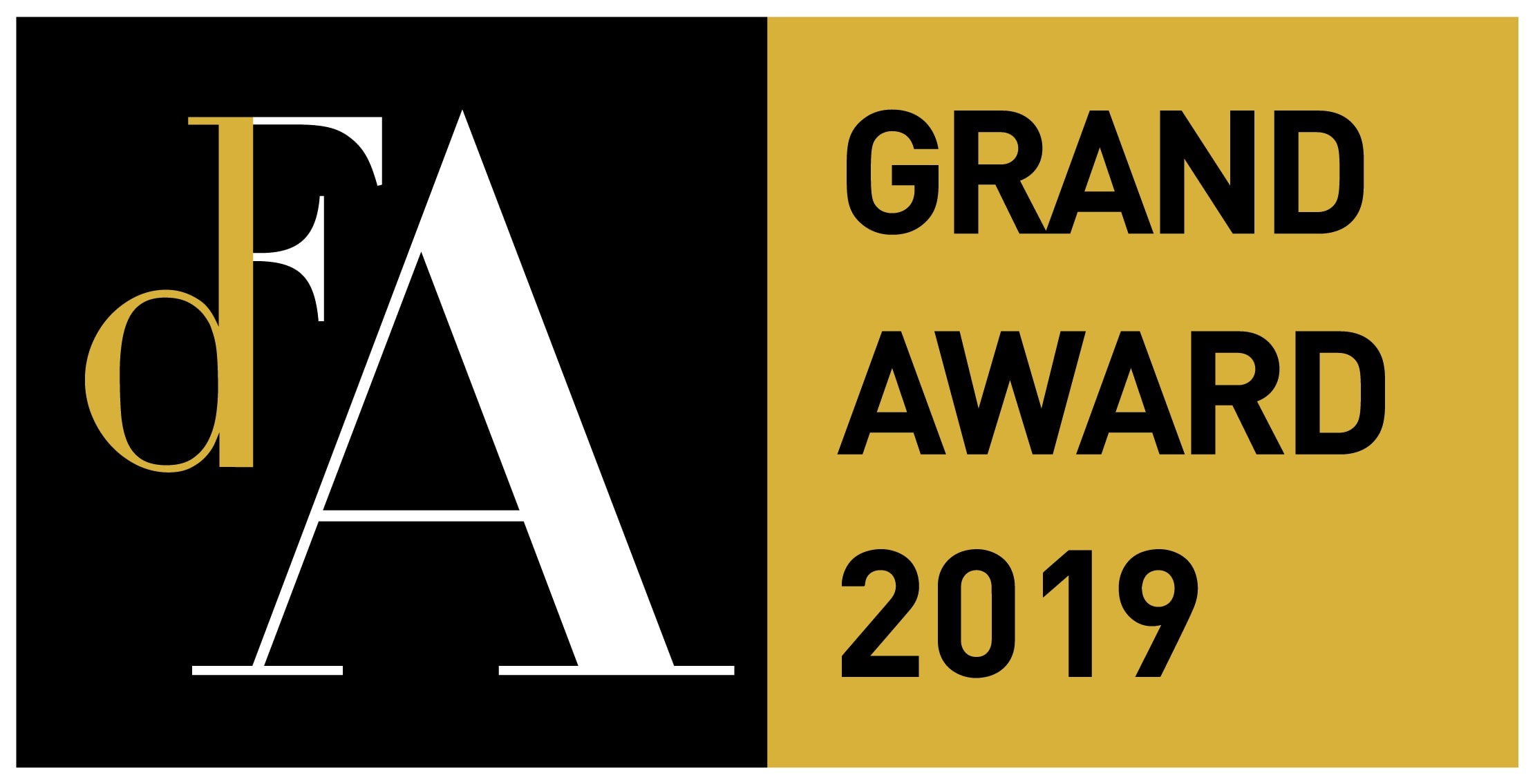
Stepping Stones
By giving a three-way pedestrian overpass in Shinyoung-dong in Seoul a facelift, the Jahadam Project revitalized a dated transportation infrastructure. On the surface, new all-weather anti-slip material made of crushed stones greatly enhanced safety on rainy and snowy days for the elderly residents in the neighbourhood and students from nearby schools who depend on this safe passage to avoid busy vehicular traffic. As pedestrians look more closely at the mixture of luminescent and natural stones that they step on, they are connected to the cultural and social history of the neighbourhood. At night, people marvel at the beautiful wavy patterns that glow in the dark, and during the day, they can also scan some embedded tiles with their smartphones, which allow them to use the related application to learn more about the history of the area.
Revitalizing a Public Infrastructure
The Jahadam Project turned the cookie-cutter footbridge into a meaningful public space that serves civic and educational functions. The structure is located in a historic district where a paper mill used the water from the stream flowing through this area to make paper for the imperial court. The wavy patterns on the repaved walkway represent water and the stream. Made of glow-in-the-dark materials, the crushed stones, dubbed Jaha-stones, emit blue light and evoke the neighbourhood's past and geographical features.
Building a Community through Art
The culture making and community building aspects of the Project also set it apart from many other public facility renovation initiatives. Jaha-myth was a code name for an activity in which 92 students from nearby schools unleashed their imagination and came up with animals that lived on the footbridge. Thanks to augmented reality technology, these imaginary animals can be seen on smartphones as pedestrians use a custom-made Jahadam app. Lastly, the Jaha-communion is another smartphone communication platform through which pedestrians and artists can share ideas, stories, or knowledge about the neighbourhood and their lives. Scanning the QR code embedded on the tiles on the repaved footbridge, pedestrians can use the app as a virtual bulletin board for the community. The project's three-prong approach shows that technology-driven, people-centered, community-based design can successfully leverage existing public structure to create cultural resources and a lasting source of pride for a community.
